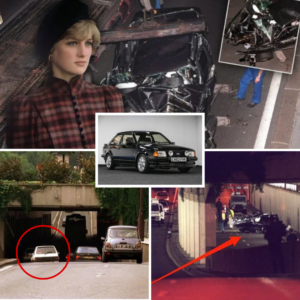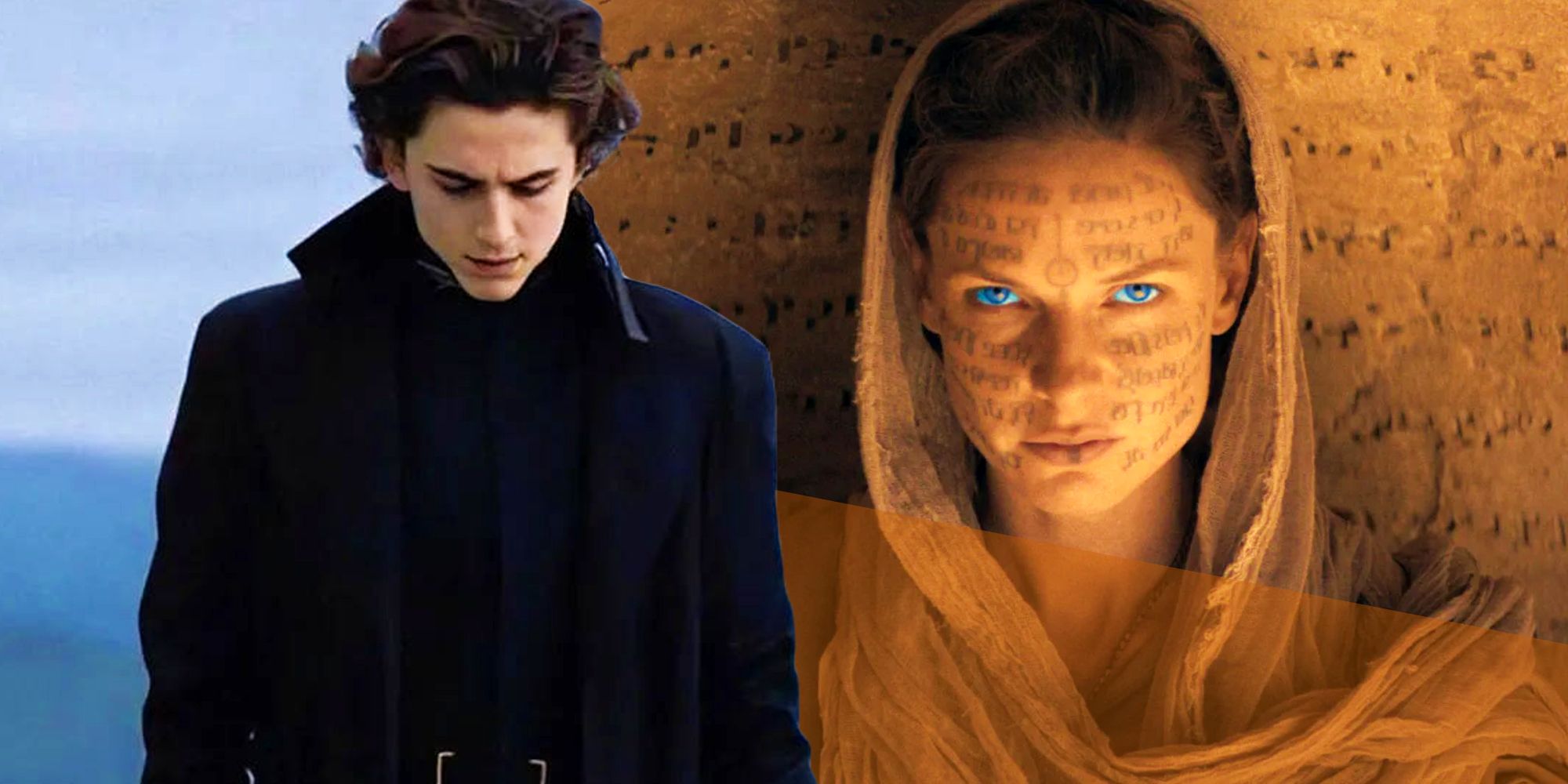
Dune: Part Two delves even deeper into the prophecy of the Lisan al Gaib, a messianic figure that proves to be integral to the story of Paul Atreides. While Dune: Part One laid the groundwork for the Lisan al Gaib prophecy, it remained focused on the political infighting between House Atreides, House Harkonnen, and the Imperium led by House Corrino. By the time of Dune: Part Two‘s climactic ending, however, the franchise leans ever deeper into the prophecy of the Lisan al Gaib.
Through the prophecy laid out before Paul Atreides, destruction and death surround the characters of Dune: Part Two. Firstly, the film focuses on Paul becoming one of the Fremen, the people of the desert on the planet of Arrakis. Despite some book changes found in Dune 2, the narrative aligns with Frank Herbert’s original novel as the story switches between Paul’s Fremen integration and his uncovering of the Lisan al Gaib prophecy. With Dune: Part Two’s Holy War looming on the horizon, it is worth exploring what the Lisan al Gaib prophecy is, and what it means for Paul’s future.
Lisan Al Gaib Is The Name Of The Fremen’s Prophesied Messiah
The fabled being who will save the people of Arrakis is known as the Lisan al Gaib.

In Dune: Part One and Dune: Part Two, the Lisan al Gaib refers to the prophesied messiah in Fremen culture. Translated to “The Voice from the Outer World,” the Lisan al Gaib is supposedly an outsider of the Fremen who is slated to become a savior to the denizens of Arrakis. To the Fremen, the Lisan al Gaib is also known as Mahdi, translated as “The One Who Will Lead Us To Paradise.” As is the case with several sci-fi franchises, the Lisan al Gaib is simply Dune‘s version of a Chosen One prophecy, though with some notable differences.
Everything Known About The Lisan Al Gaib Prophecy
Dune: Part One and Dune: Part Two explore many intriguing aspects of the Chosen One tale.
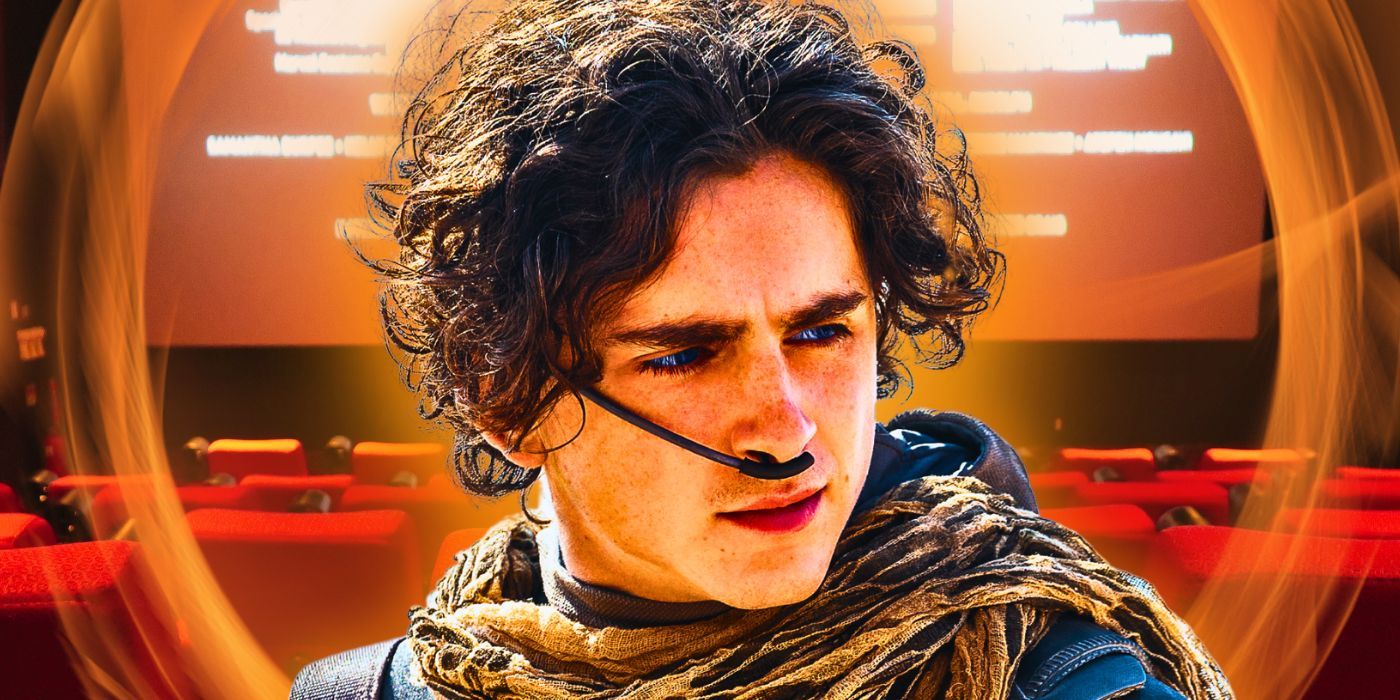


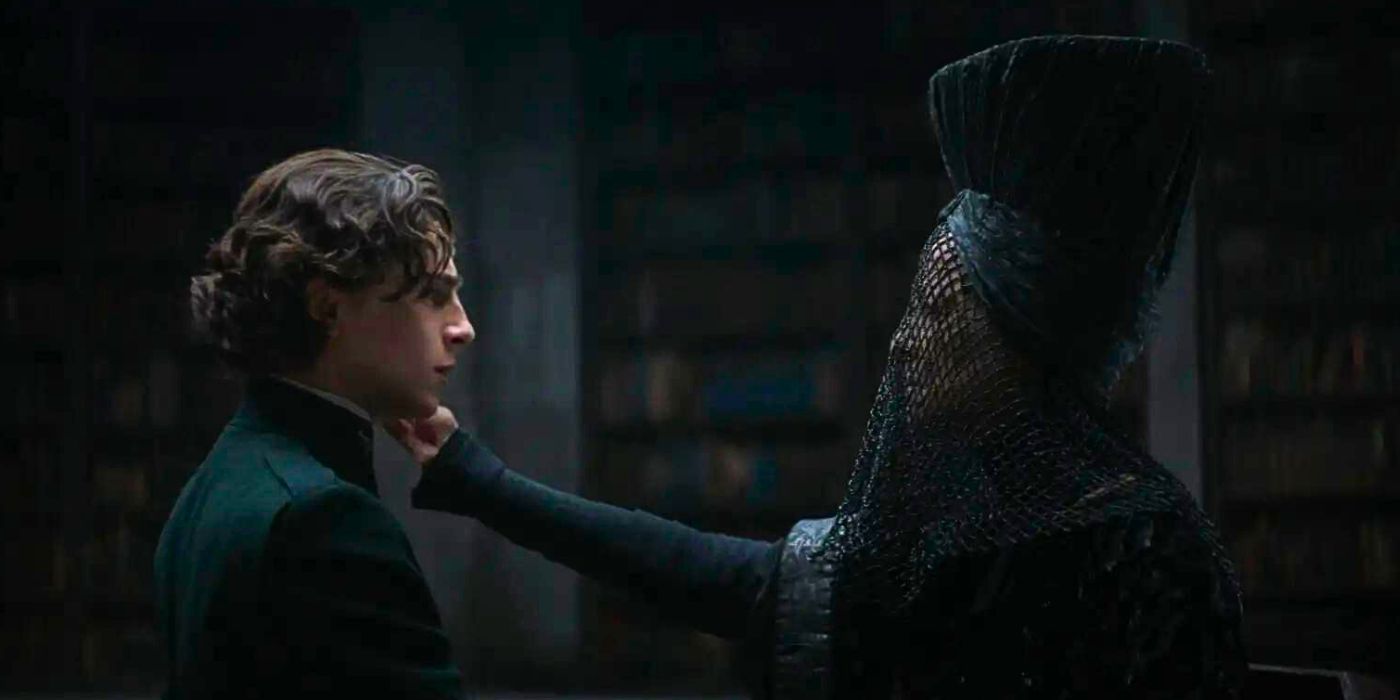
The Chosen One of Dune: Part Two‘s world is primarily different due to the interference of the Bene Gesserit. The Bene Gesserit are a sisterhood of powerful witch-like beings who aid the noble houses of Dune‘s universe. The Bene Gesserit believe in the coming of a being named Kwisatz Haderach, someone who can possess immeasurable power. In Dune, the Kwisatz Haderach and the Lisan al Gaib are essentially different names for the same prophesied being.
The Bene Gesserit has long prepared for the coming of Kwisatz Haderach and groomed the people of Arrakis for his arrival. For decades, the Bene Gesserit have artificially built the prophecy of the Lisan al Gaib on Arrakis so that, when the time comes for Kwisatz Haderach to emerge, the Fremen can aid his ascension. In Dune: Part One and Dune: Part Two, this being is Paul Atreides. Initially, the Bene Gesserit planned for the Kwisatz Haderach to be the next generation after Paul, though Jessica, Paul’s mother, made it so that her son was the fabled being.
Dune: Part Two explores these elements through Paul’s integration into the Fremen Sietch, chronicling his ascension through visions and dreams to become the Lisan al Gaib.
According to the Lisan al Gaib prophecy from the Fremen’s perspective, this messianic figure will have several signs that prove he is the One. For one, the Lisan al Gaib is said to be an outsider with the power of the Voice, with Paul applying to both. Secondly, the Lisan al Gaib is prophesied to learn the ways of the Fremen with ease, harnessing the power of the deserts of Arrakis. Dune: Part Two explores these elements through Paul’s integration into the Fremen Sietch, chronicling his ascension through visions and dreams to become the Lisan al Gaib.
How Dune 2 Changes The Lisan Al Gaib Prophecy
Some alterations to the prophecy from Frank Herbert’s novel are made in Denis Villeneuve’s adaptation.

Despite most of the overall plot points of Dune: Part Two‘s Lisan al Gaib prophecy aligning with Frank Herbert’s novel, the former makes some slight changes to the latter. The primary way Dune: Part Two changes the prophecy from the book is through Chani’s connection. Chani, played by Zendaya in Dune: Part Two‘s ensemble cast, reveals her Fremen name as Sihaya midway through Dune: Part Two‘s story. Chani tells Paul that this name means desert spring and that it ties to some kind of prophecy she does not put much faith in.
After falling into a coma upon drinking the poison, it is revealed that Chani’s tears – the tears of the desert spring – can be mixed with the Water of Life to revive Paul.
However, Dune: Part Two reveals that the prophecy Siyaha applies to is none other than that of the Lisan al Gaib. As part of Paul’s final ascension to become the messianic figure, he drinks a poison called the Water of Life, obtained from Dune‘s sandworms. After falling into a coma upon drinking the poison, it is revealed that Chani’s tears – the tears of the desert spring – can be mixed with the Water of Life to revive Paul. Therefore, Chani is vital in finalizing Paul’s transformation into the Lisan al Gaib, a plot point not found in the Dune novel.
One other, smaller change to the Lisan al Gaib prophecy involves members of Paul’s Fremen Sietch. In Dune: Part Two, a subplot of the film is that several Fremen from the north of Arrakis do not believe in the Lisan al Gaib. The film portrays these people as the younger members of the Sietch, while the older members like Silgar believe in the coming of the messianic being. The film also notes that those from the south of Arrakis are true believers, not split between ideals like the Fremen of the north, with these nonbelievers not found in the book.
Was Paul Atreides Destined To Be The Lisan Al Gaib In Dune?
The Kwisatz Haderach could have been anyone, though Paul was placed on the path regardless.



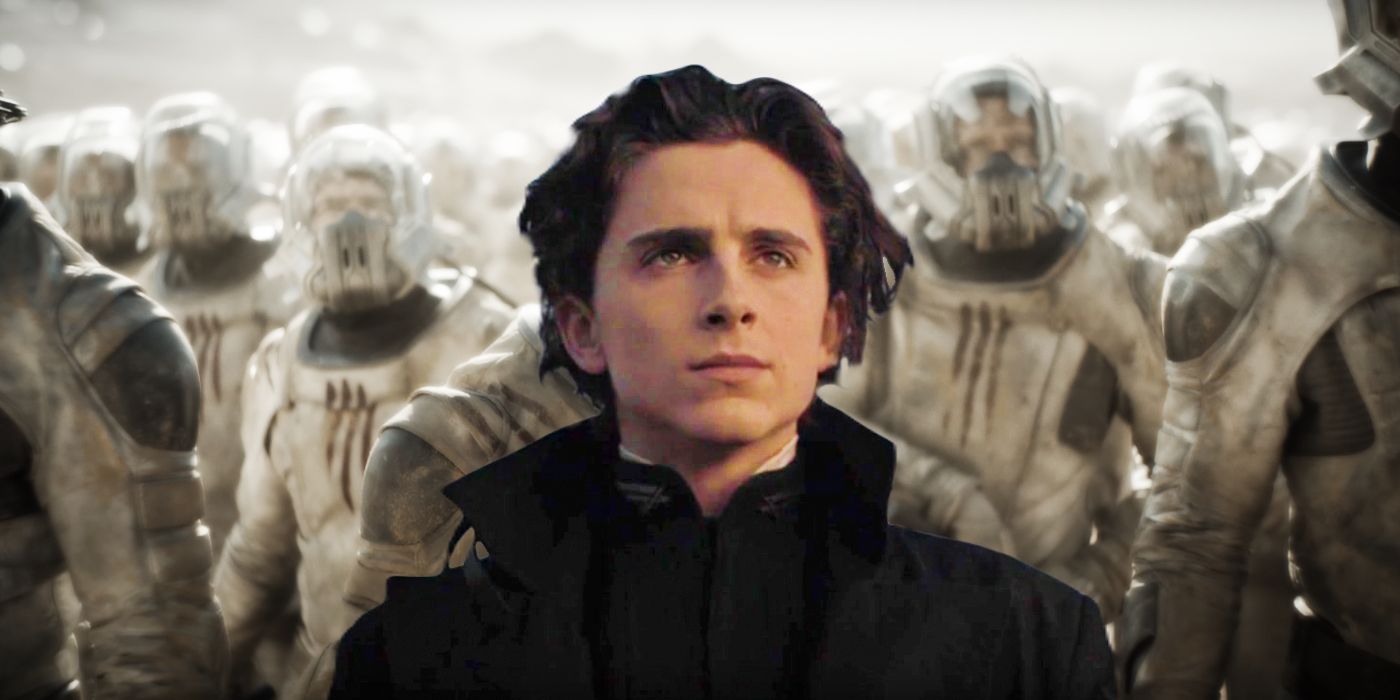

Paul’s ascension into the Lisan al Gaib as shown in Dune: Part Two raises the question of whether he specifically was destined to do so. While Paul’s journey across both films seems to imply that this is the case, it is technically untrue. Any person could have become the Lisan al Gaib, as hinted at in Dune: Part One. It is mentioned that the generation after Paul was supposed to house the Kwisatz Haderach according to the Bene Gesserit, were it not for Jessica’s interference involving Paul.
This proves that Paul was not destined to become the Lisan al Gaib, but was placed on the path to become so nonetheless. Paul could have chosen not to walk this road, something that Dune: Part Two explores through his hesitance to start a Holy War using the Lisan al Gaib prophecy. However, Paul eventually embarks on the journey to become the Kwisatz Haderach by the end of Dune: Part Two, fulfilling a prophecy that could have applied to anyone had the now-Duke of House Atreides chosen not to.
